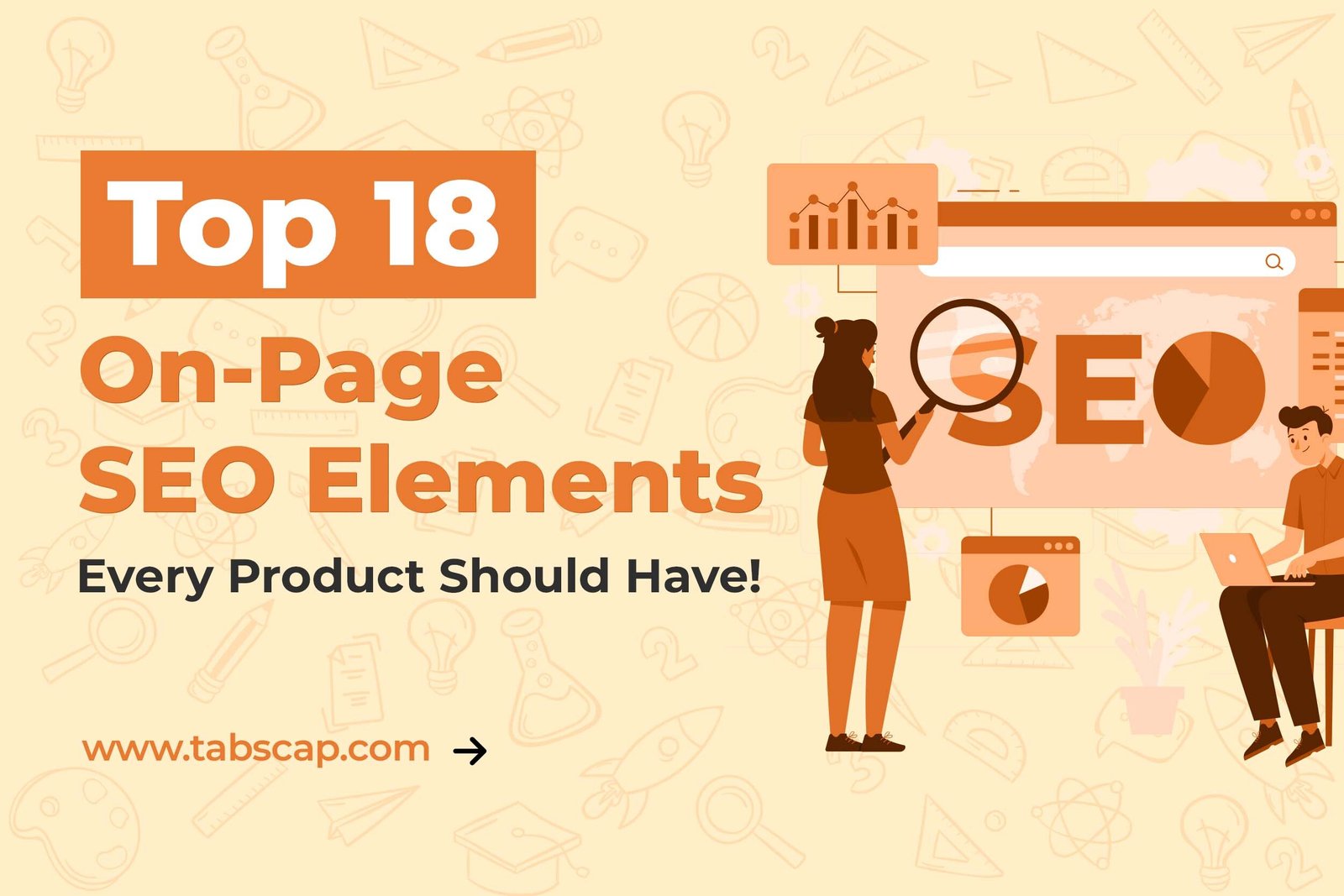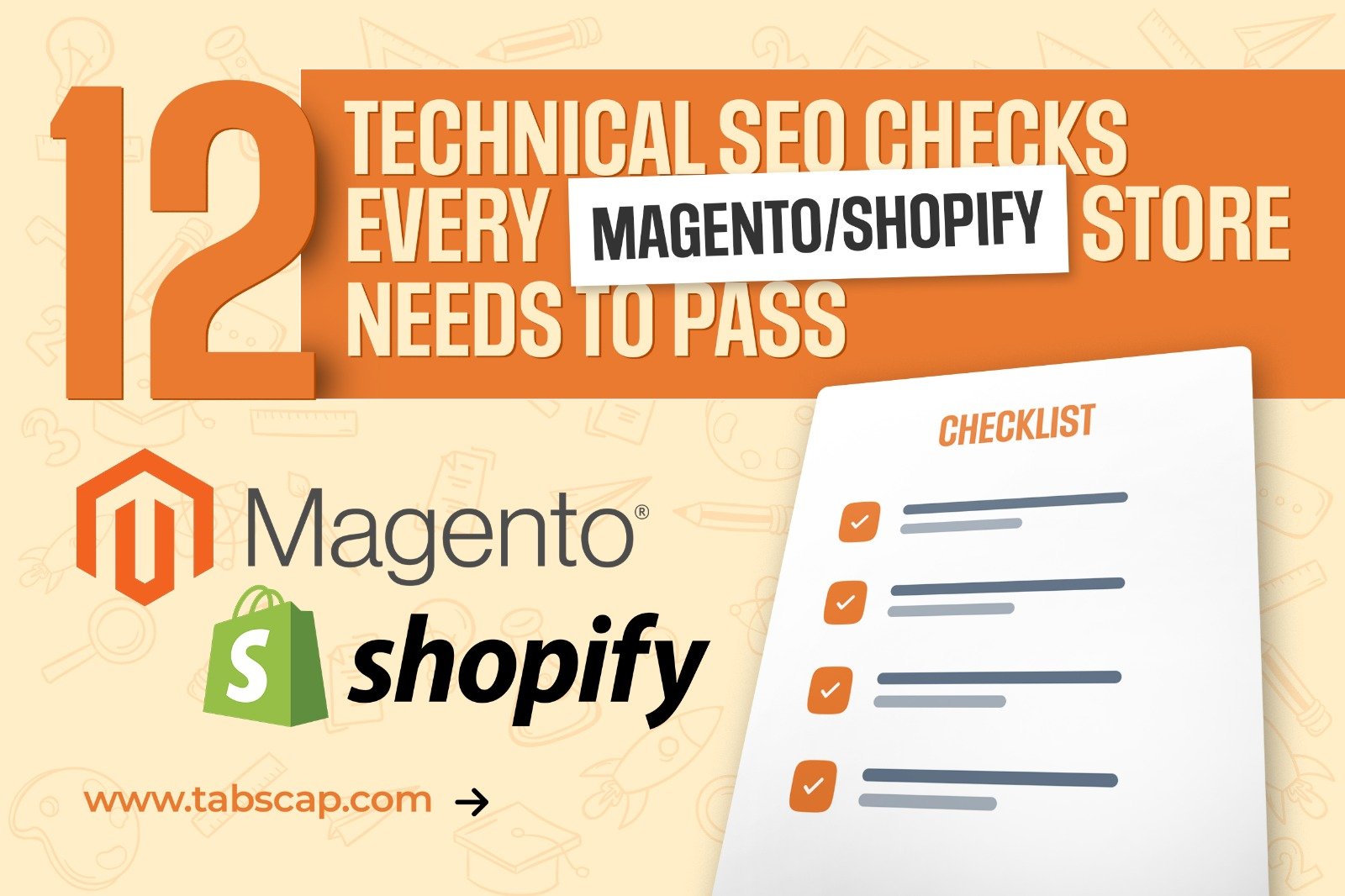

Improving your product page SEO is vital for online success. High rankings drive more organic traffic directly. This detailed guide explores essential eCommerce SEO elements for every product page.
Implementing these strategies significantly boosts your store's visibility. Attracting qualified buyers is always the main goal. Let us explore each crucial element for your product pages.
Mastering these techniques transforms your digital storefront effectively. This comprehensive approach enhances overall search performance for you.
Optimized Product Title
Your product title must be clear and concise. It should include your primary keyword naturally. Think about how customers search for your item. A strong title guides search engines effectively.
This element is critical for product page SEO success. Users see this first in search results. Ensure it accurately describes your offering well. Optimized titles enhance click-through rates greatly. This is a foundational eCommerce SEO element.
Make sure your title is unique and compelling too. Avoid keyword stuffing, which harms rankings. Focus on user experience alongside optimization. A well-crafted title attracts more visitors. It sets the stage for discovery beautifully. This single element has immense power for reach.
Engaging Product Description
A detailed product description is essential. It provides value to both users and search engines. Include relevant keywords naturally within the text. Describe features and benefits clearly and concisely. Aim for at least 300 words of unique content. This length offers ample space for detail. Long descriptions improve your product page SEO efforts. They show authority and relevance effectively. Unique content is a key eCommerce SEO element always.
Avoid duplicate content from manufacturers. Write original, persuasive copy always. Answer potential customer questions proactively. Highlight what makes your product special. Use bullet points for readability and scanning. This structured approach helps comprehension greatly. It also aids search engines in understanding context. Comprehensive descriptions boost conversions too.
Compelling Meta Title
The meta title appears in browser tabs. It is also the main clickable link in search results. Keep it under 60 characters for display. Include your main keyword near the beginning. Craft it to entice users to click actively. This is a critical product page SEO factor. A great meta title boosts your organic clicks. It is a powerful eCommerce SEO element.
Ensure each meta title is absolutely unique. It should reflect the page's specific content. Think of it as your digital shop window. Make it relevant and highly engaging always. Optimize for both robots and human readers. This balance yields optimal search performance.
Enticing Meta Description
The meta description is your short pitch. It appears under the meta title in search results. Keep it around 150-160 characters length. Include a call to action and relevant keywords. This snippet persuades users to click further. It directly influences your click-through rate. An effective meta description enhances product page SEO. It is an undeniable eCommerce SEO element.
Write compelling, unique descriptions every time. Summarize the product's value proposition. Avoid generic phrases and duplicate content. Make it clear what users will find inside. This brief text is surprisingly powerful. It provides crucial context for users. Optimize this for human appeal always.
SEO Friendly Product URLs
Your product URLs should be clean and descriptive. Include the main product keyword here. Avoid long strings of numbers or symbols. Short, readable URLs are preferred by Google. They also make sharing much easier. This clear structure benefits product page SEO. A logical URL is a vital eCommerce SEO element.
Use hyphens to separate words in URLs. Avoid underscores and other characters. Consistency in URL structure is important. This helps search engines crawl efficiently. Simple URLs improve user experience too. They are intuitive and easy to remember. Plan your URL structure carefully from the start.
Optimized Product Images
Images are crucial for selling online. Optimize them for both speed and SEO. Use descriptive filenames with keywords. Add relevant alt text to every image. Alt text helps visually impaired users. It also provides context for search engines. This is a significant product page SEO factor. Image optimization is a core eCommerce SEO element.
Compress images to reduce file size. Faster loading images improve page speed. Provide multiple high-quality product images. Show products from different angles clearly. Ensure images are visually appealing always. Consider using WebP format for efficiency. This enhances user experience dramatically.
Product Reviews & User Generated Content
Customer reviews provide fresh, unique content. They build trust and social proof instantly. Encourage customers to leave genuine reviews. Reviews often contain long-tail keywords naturally. This user-generated content constantly refreshes your page. It significantly boosts your product page SEO. Reviews are powerful eCommerce SEO elements for growth.
Implement a review system on your site. Display star ratings prominently on pages. Respond to both positive and negative feedback. Show genuine engagement with your customers. Reviews signal relevance to search engines. They also help potential buyers decide. Authentic content always performs better.
Structured Data (Schema Markup)
Schema markup helps search engines understand content. Implement product schema for rich snippets. This shows price, availability, and ratings. Rich snippets stand out in search results. They increase your click-through rates remarkably. Schema is an advanced product page SEO tactic. It is a potent eCommerce SEO element for visibility.
Use schema.org definitions accurately. Test your implementation with Google's tool. Ensure all necessary fields are included. This structured data enhances presentation. It helps Google display your products better. Implement this for competitive advantage always. This elevates your page's presence greatly.
Product Videos
Videos significantly boost user engagement. They provide a dynamic way to showcase products. Embed high-quality product demonstration videos. Videos can explain complex features simply. They also increase time spent on page. Longer dwell times positively affect product page SEO. Videos are increasingly important eCommerce SEO elements.
Host videos on platforms like YouTube or Vimeo. Embed them directly onto your product pages. Ensure videos load quickly and smoothly. Add transcripts for accessibility and SEO. Videos can reduce bounce rates significantly. They create a richer user experience. Consider adding user-generated video content too.
Strategic Internal Linking
Internal links guide users and search engines. Link to related products or categories. Use descriptive anchor text for links. This distributes link equity across your site. It helps establish topic authority naturally. Effective internal linking strengthens product page SEO. It is a fundamental eCommerce SEO element always.
Create logical pathways throughout your store. Avoid linking just for the sake of linking. Ensure links provide genuine value to users. This structure aids navigation and discovery. It helps search engines crawl deeper. A strong internal link profile is beneficial.
Clear Call to Action (CTA)
A prominent call-to-action is indispensable. It directs users to the next desired step. Use action-oriented language, like "Buy Now." Make CTAs visually distinct and clear. Their placement should be intuitive always. This clarity drives conversions effectively. A strong CTA implicitly supports product page SEO. It is a conversion-focused eCommerce SEO element.
Test different CTA texts and colors. Ensure buttons are easily clickable on all devices. A well-designed CTA reduces user friction. It helps users complete their purchase journey. This small detail yields big results.
Mobile Responsiveness
Your product pages must be mobile-friendly. A responsive design adapts to any screen size. Google prioritizes mobile-first indexing now. Poor mobile experience harms rankings severely. Ensure fast loading and easy navigation. Mobile responsiveness is paramount for product page SEO. It is a non-negotiable eCommerce SEO element.
Test your pages on various mobile devices. Check for proper rendering and functionality. Optimize images and videos for mobile viewing. A seamless mobile experience is crucial. It keeps users engaged and happy. Prioritize this aspect for all users.
Excellent Page Speed
Page speed directly impacts user experience. Slow pages frustrate visitors quickly. Google uses page speed as a ranking factor. Optimize images, scripts, and server responses. Aim for loading times under two seconds. Fast pages improve your product page SEO greatly. Page speed is a critical eCommerce SEO element.
Use tools like Google PageSpeed Insights. Identify areas for improvement diligently. Implement caching and content delivery networks (CDNs). Minify CSS and JavaScript files carefully. A speedy site reduces bounce rates. It contributes to higher conversion rates. Prioritize performance across your entire store.
Correct Canonical Tags
Canonical tags prevent duplicate content issues. Use them when similar products exist. Point to the preferred version of the page. This tells search engines which page to index. It consolidates link signals effectively. Canonical tags protect your product page SEO. They are essential eCommerce SEO elements for clarity.
Ensure canonical tags are implemented correctly. Verify they point to the authoritative URL. Misuse can lead to de-indexing problems. This technical detail is often overlooked. It ensures your SEO efforts are focused. A clean index is always beneficial.
User Friendly Breadcrumbs
Breadcrumbs show users their location on site. They provide a clear navigation path. "Home > Category > Product Name" is typical. Breadcrumbs enhance user experience greatly. They also help search engines understand structure. This improves overall product page SEO. Breadcrumbs are practical eCommerce SEO elements.
Implement breadcrumbs using schema markup. This can result in rich snippets too. Make them clickable for easy navigation. They reduce clicks to reach previous pages. This small addition improves usability. It aids both users and crawlers significantly.
Related Products Section
Displaying related products keeps users on site. It encourages cross-selling and up-selling. Suggest items based on browsing history. Recommend accessories or complementary goods. This increases average order value naturally. It also reduces bounce rates effectively. Related products support product page SEO. They are intelligent eCommerce SEO elements.
Use product recommendation algorithms. Ensure recommendations are truly relevant. This feature provides additional value. It extends the user's journey effectively. More time on site signals engagement. This positive signal helps search rankings.
Comprehensive FAQs Section
An FAQ section addresses common customer questions. It adds valuable, relevant content. Include questions about features, usage, or shipping. This can capture long-tail search queries. It proactively solves customer concerns. A strong FAQ boosts your product page SEO. FAQs are informative eCommerce SEO elements.
Use structured data for FAQ schema. This allows them to appear in rich snippets. Write clear, concise answers to questions. Update the section as new queries arise. This resource improves customer satisfaction. It reduces support inquiries efficiently.
Visible Social Sharing Buttons
Social sharing buttons extend your reach. They allow users to share products easily. Include buttons for popular platforms. Examples: Facebook, Pinterest, Twitter. While not direct ranking factors, social signals are valuable. They increase brand visibility and traffic. Social sharing aids indirect product page SEO. They are important eCommerce SEO elements for amplification.
Make buttons easy to find and use. Ensure they function correctly on all devices. Encourage sharing through subtle prompts. More shares bring more potential customers. This amplifies your marketing efforts. Social proof can drive purchases too.
Conclusion
Optimizing your product page SEO is an ongoing process. Focusing on these 18 eCommerce SEO elements yields significant results. Consistent effort improves search visibility markedly. Higher rankings mean more organic traffic always. Increased traffic leads directly to more sales. Continuously analyze performance and adapt strategies. Your online store's success depends on it. Implement these tips for a stronger presence. This systematic approach guarantees better outcomes.
Which of these 18 elements are you missing?
Drop a comment or connect with Tabscap to perfect your product pages.



